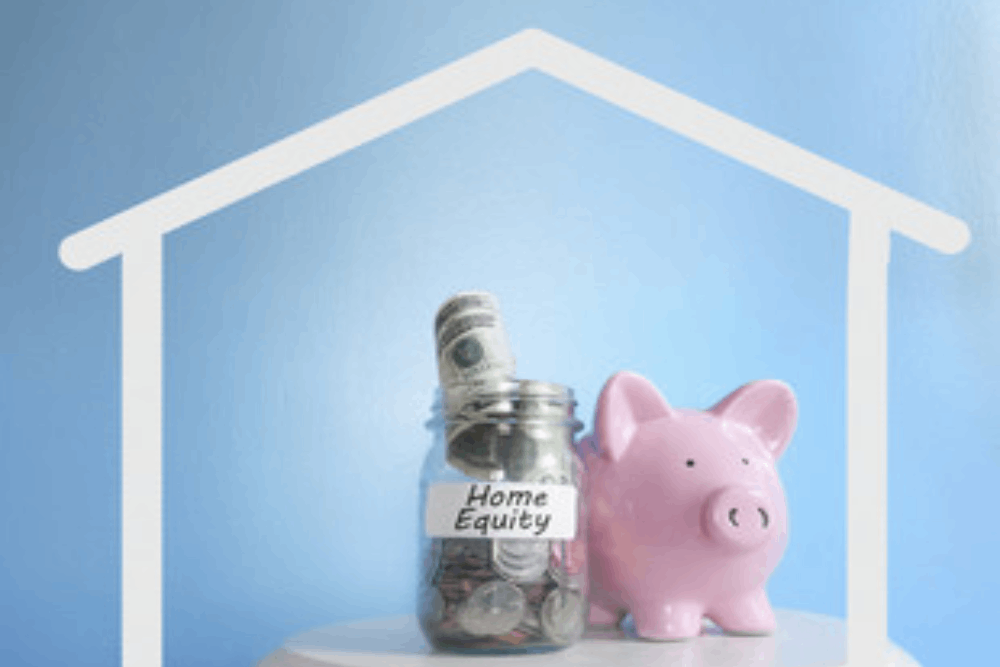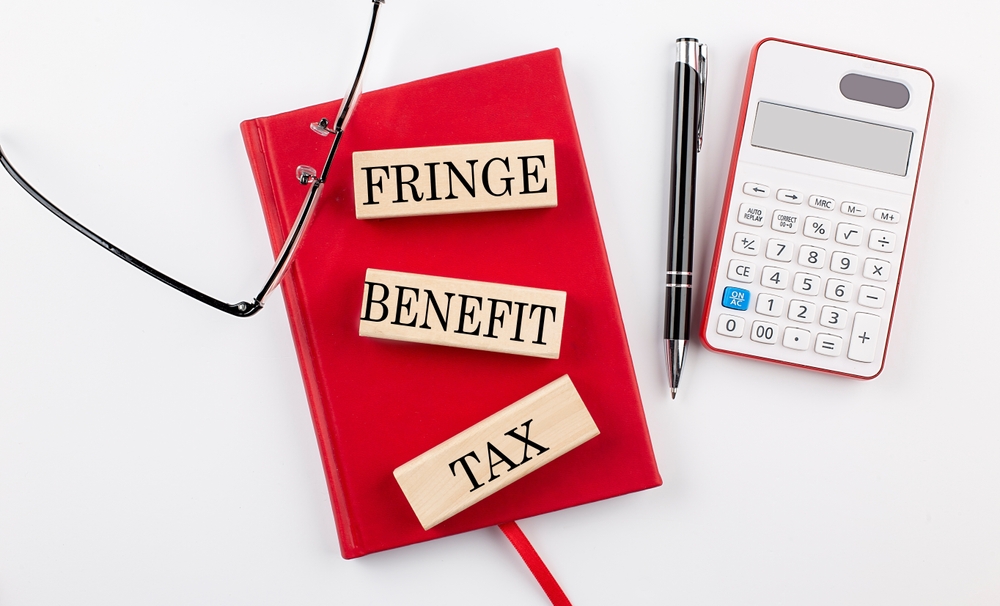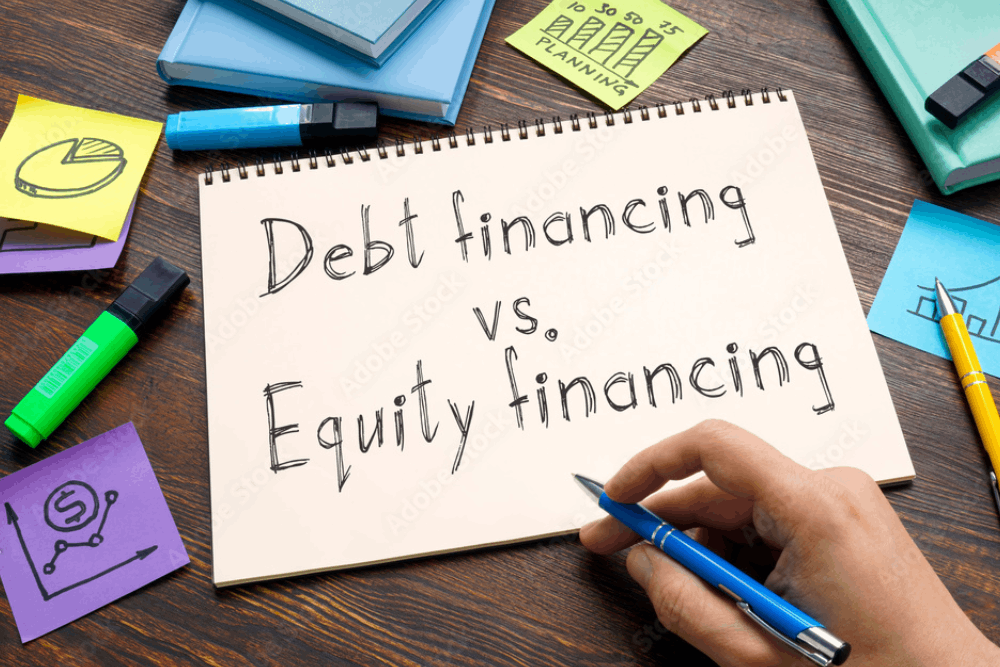A home’s equity is the difference between the market value of the property and the amount the owner still owes on their home loan. For example, if the home is worth $800,000 and the homeowner owes $450,000, they have $350,000 in equity.
There many ways homeowners can build equity in their home to improve their financial position and lifestyle. For example, homeowners can increase the value of their property by renovating the home; reduce their loan balance by making regular or larger repayments or opening an interest offset account so their savings are offset against their loan balance to reduce the interest they pay on the loan.
A home’s equity can also be used to pay for other expenses that you may not necessarily be able to afford, such as a new car, a family holiday or paying for a child’s education.
However, using the equity in a home to pay for expenses or improve the property means the total amount owed on the home loan will increase and in turn, will likely result in the homeowner having to pay higher monthly repayments.
Using the equity in your home does come with its advantages, however, it is a long-term commitment and therefore should be considered carefully.






